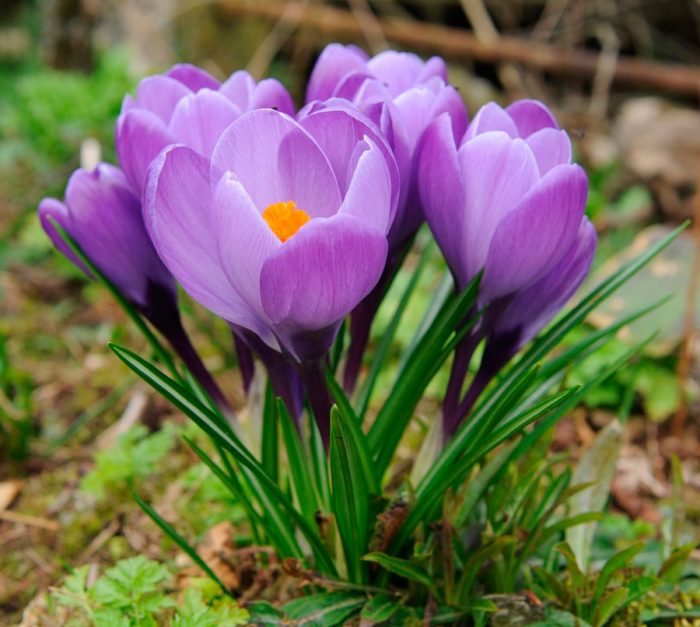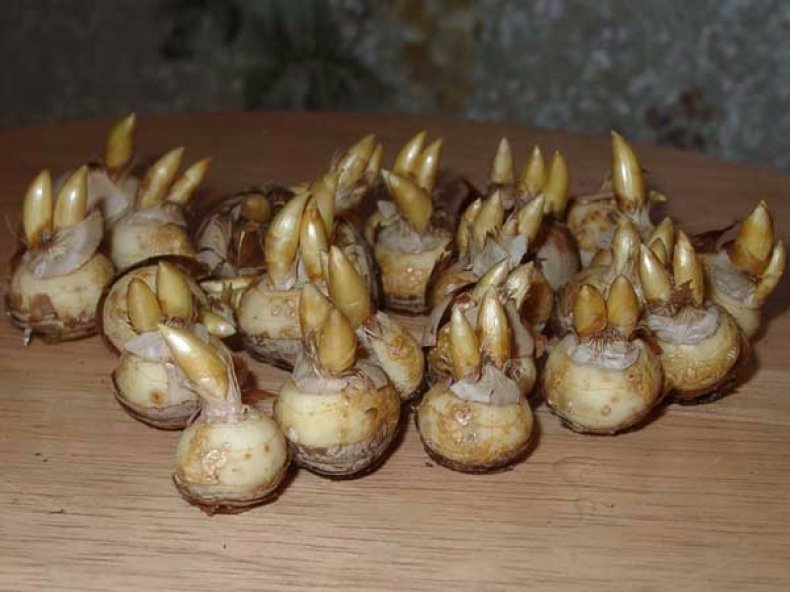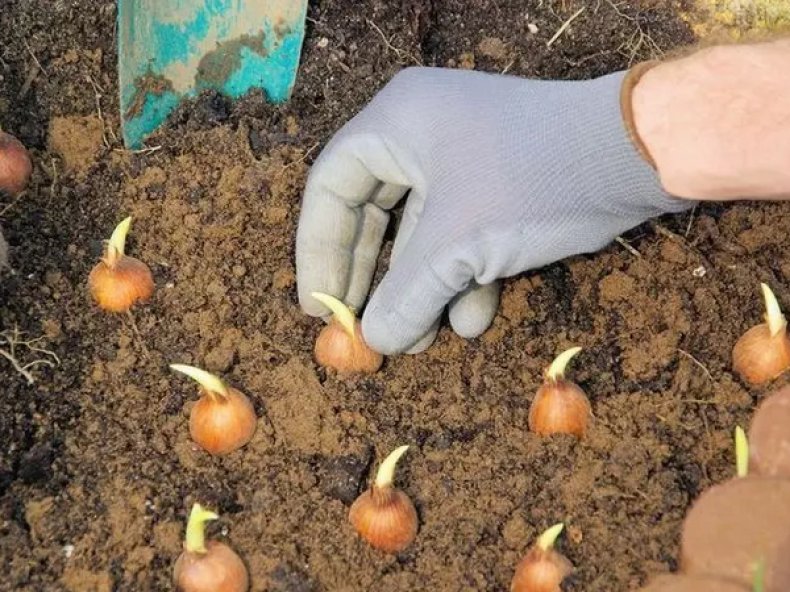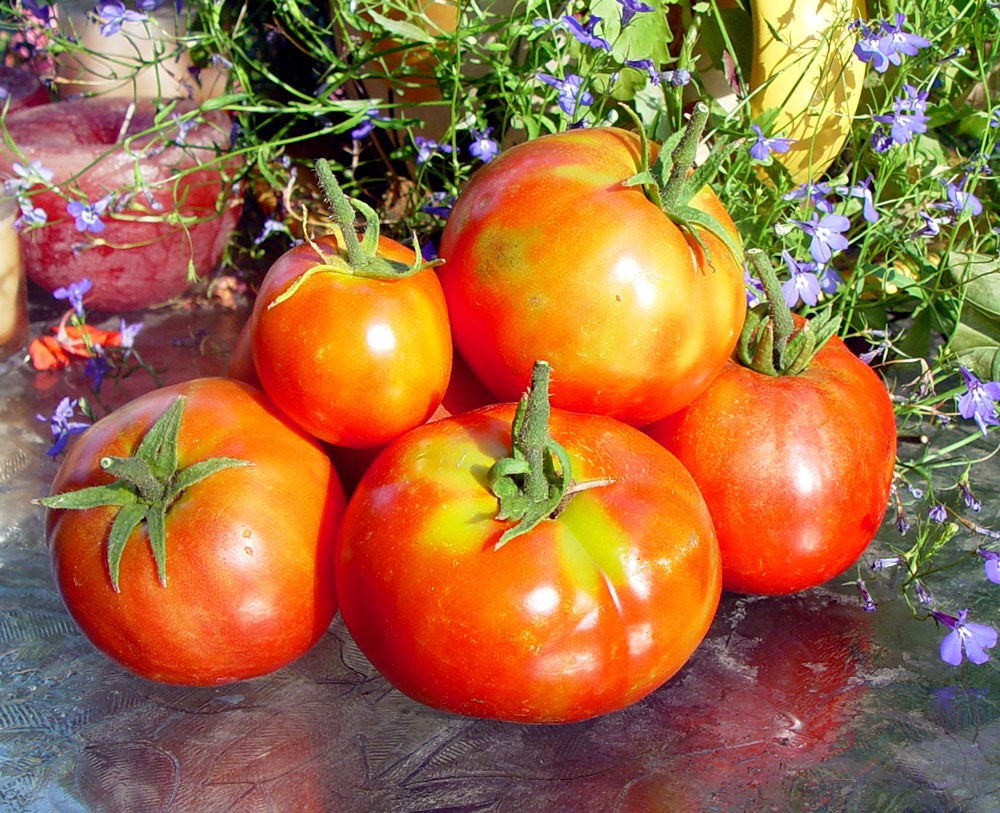Content:
Crocus is a bulbous perennial plant that blooms in early spring along with daffodils, hyacinths and other primroses. The flower is also known as saffron and has a wide variety of colors.
General rules for caring for crocuses in the open field after flowering
In nature, crocus prefers loose, sandy and rocky soils. Basically, it is planted in well-lit areas in open ground.
Crocuses are left in the ground after flowering if the climate is warm or temperate. In cold climates, the plant must be dug up for the winter, and when suitable conditions come, they are again planted in the ground. And here it is important to figure out when to dig up crocuses.
At the end of flowering, they wait for the leaves to turn yellow, and then remove them from the ground. This is done so that harmful insects or fungi do not multiply there.
Why do you need to dig up crocuses
There is no consensus among gardeners on the question of digging crocuses every year or not. If the climate of the region allows, you can leave the plants to winter. Some gardeners remove the bulbs from the ground annually. This is done mainly in order to assess the condition of the crocuses and take timely action. Bulbs unsuitable for growing are removed, and the remaining ones are treated with special agents for the purpose of disinfection. And good planting material in the fall must be planted again.
Those who leave crocuses to winter will dig them out only after 4 years, when the bulb grows. Then it will be time to divide the plant, otherwise it will not be able to develop normally. In addition, the flower needs a transplant every few years, it cannot be kept in one place all the time.
Crocuses: when to dig up bulbs and plant
When to dig up crocuses depends on the variety of a particular plant. But in any case, it is worth doing this in the summer, at a time when saffron is at rest.
The signal for the beginning of action is yellowing and death of leaves. Once this has happened, the aerial part should be cut off. When digging up, you must try not to damage the roots. Particular care is taken with already overgrown bulbs.
When to plant crocuses
It is necessary to plant saffron in the autumn period - in late August-early September. When planting, they adhere to a 7 × 10 cm scheme. The pits for the bulbs should be of such a size that they can be freely placed there. The soil is fertilized with compost.
It is advisable to make drainage, otherwise water may accumulate and the plants will rot. For these purposes, expanded clay or coarse sand is used. Then they are covered with soil mixed with compost. If the soil is well fertilized when planting, the next top dressing will be only a year later. Then it is worth adding potash and phosphorus fertilizers. After planting, mulching is performed.
If sowing is done in September, then the plants should be covered for the winter. Bulb freezing is especially dangerous on clay and loamy soils. You can insulate with peat, foliage or humus.
Storage of crocuses before planting in the fall
After the bulbs are dug out of the ground, they are air dried for several days. Then the inoculum is carefully examined and diseased and damaged specimens are removed. The remaining plants are removed in wooden boxes, spreading there in a small layer.
The storage temperature of saffron bulbs should be within + 21 ° C. Before planting, it is reduced to + 15 ° C. These conditions are the best to preserve the plants, and they will produce large and vibrant flowers in the spring.















